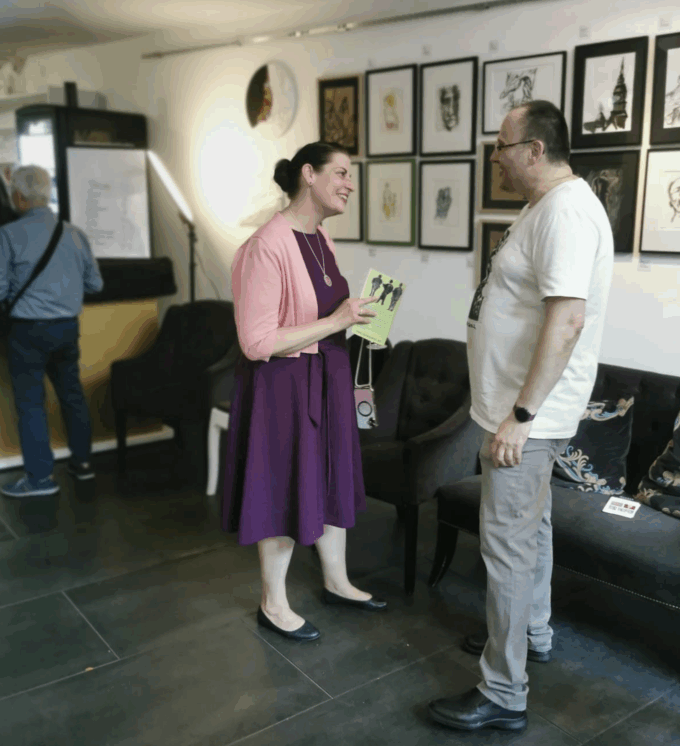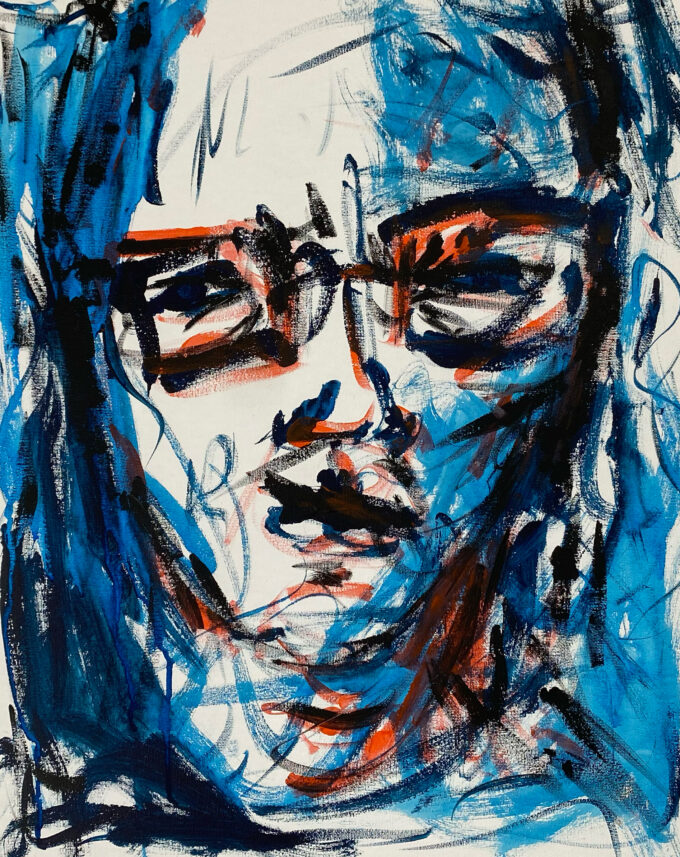While many experts and even scientists provide insights from a scientific perspective, I’d like to offer my perspective based solely on observing market trends.
The value of art is indeed influenced by multiple factors, the most significant that I see are:
Artist Reputation The reputation and recognition of the artist within the art world play a crucial role in determining the value of their artwork. Established and renowned artists often command higher prices for their pieces due to their status and track record.
Historical and Artistic Relevance The historical significance, artistic merit, and cultural relevance of an artwork contribute to its value. Artworks that are considered groundbreaking, innovative, or culturally significant tend to be more highly valued.
Rarity and Scarcity The scarcity of an artwork can greatly impact its value. Limited edition pieces, rare artworks, or those with unique characteristics are typically more valuable than mass-produced or widely available pieces.
Provenance The history of ownership and documentation of an artwork, known as provenance, can affect its value. Artworks with prestigious provenance, such as being owned by famous collectors or displayed in prominent museums, often command higher prices.
Market Dynamics The demand for a particular artist or style of artwork within the art market, as well as prevailing trends and market conditions, significantly influence the value of art. Artworks that are in high demand among collectors and buyers tend to fetch higher prices at auctions and sales.
Attention Because we live in an attention economy, attention has a significant impact on the value of art for several reasons:
- Visibility: Attention brings visibility to artwork, making it known to a wider audience. When an artwork captures people’s attention, it increases the likelihood of exposure through word-of-mouth, social media, or traditional media channels. Increased visibility often leads to greater recognition and demand for the artwork, ultimately enhancing its value.
- Perception: Attention shapes the perception of artwork among viewers. When an artwork receives significant attention, it is perceived as more noteworthy, relevant, and culturally significant. This perception influences how viewers interpret and appreciate the artwork, contributing to its overall value in the eyes of collectors, institutions, and the art market.
- Validation: Attention serves as a form of validation for artwork, signaling its importance and relevance within the art world. When art critics, curators, collectors, or influential figures pay attention to an artwork, it validates its artistic merit, quality, and significance. This validation not only enhances the reputation of the artist but also increases the perceived value of the artwork itself.
- Demand: Attention generates demand for artwork by sparking interest and curiosity among potential buyers and collectors. When an artwork captures the attention of individuals who appreciate its aesthetic or conceptual qualities, they may be motivated to acquire it for personal enjoyment or investment purposes. Increased demand often leads to higher prices and greater market value for the artwork.
- Cultural Impact: Attention can contribute to the cultural impact of artwork by sparking discussions, debates, and interpretations within society. Artworks that generate significant attention often become part of cultural discourse, influencing trends, movements, and social attitudes. This cultural impact adds layers of meaning and significance to the artwork, further enhancing its value over time.
In summary, attention plays a pivotal role in creating value for artwork by increasing visibility, shaping perception, providing validation, generating demand, and contributing to cultural impact. As artists, collectors, and institutions navigate the complexities of the art world, capturing and sustaining attention becomes essential for the success and longevity of artwork in the marketplace.
Overall, the value of art is subjective and can vary depending on these and other factors, as well as individual perceptions and preferences within the art market.



